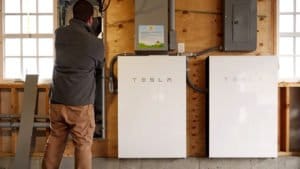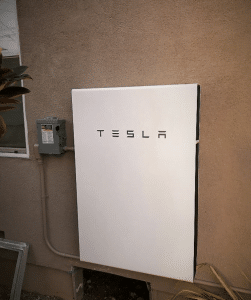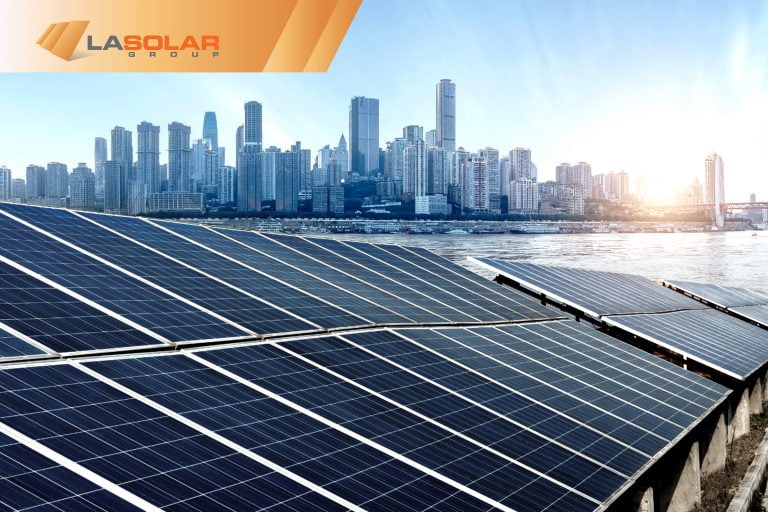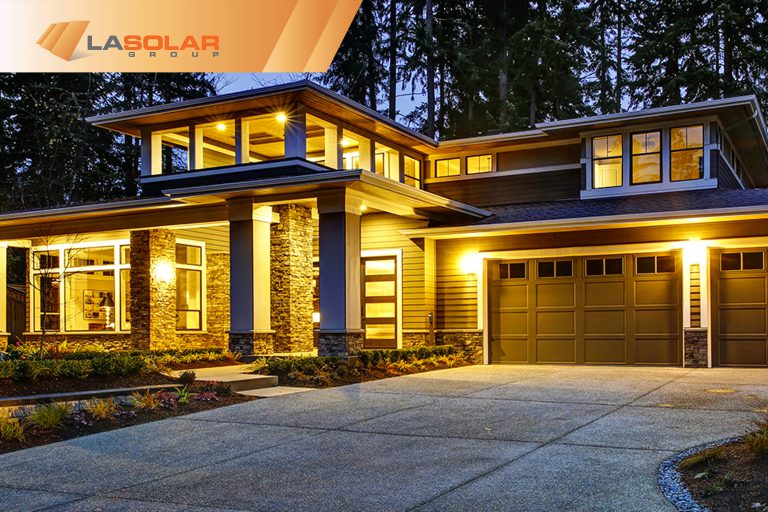Can A Tesla Powerwall 2 Run An Air Conditioner
Powerwall 2 uses the same battery cells as the Tesla Powerwall

In fact, it’s made of those very lithium-ion battery cells that power all Teslas.
But what separates the home energy storage system from your phone or laptop is its inverter. The computer inside reads the voltage levels of the batteries and switches them into juice that can run a house load such as an air conditioner or a hot plate.
Researchers at Stanford demonstrated a similar project in 2015, but they used off-the-shelf components instead of custom-made hardware. They built a wireless sensor network that tracked people’s electric usage across multiple devices. By predicting peak demand and swapping out underused items for on-demand resources, the team was able to cut down on monthly bills by more than 40 percent.
The only difference between their method and Stanford’s DIY approach is that they relied on utility electricity instead of creating their own power source. However, this means you’ll pay less for your energy too.
Powerwall 2 has a built-in fan
There is one feature that can save some additional cost over having another external unit, and that’s using the powerwall as a source of cooling for your room.
There are two ways to use it; you can either run an AC compressor or install a heat pump in your winter climate. But once you have the powerwall, you will also need a charger, so keep that in mind when choosing a location.
If you do not have access to national grid electricity, there are parts of Britain where this setup makes sense. Additionally, if you live somewhere with very hot summers, running an air conditioner can be desirable.
It depends how much money you want to spend, but both configurations discussed below can be done at a fraction of the price of a standalone installation. You could even combine several cars together for this purpose (if you have enough miles to justify it).
Powerwall 2 has no internal power-generating circuitry
This means that if you want to run your AC unit, you’ll need to install a whole-house or room air conditioner (A/C).
There are two basic types of A/Cs: window units and portable units. Window units are housed in cabinets that replace your windows. They connect to your home’s electrical system, so they can use electricity from whatever source you hook them up with.
Portable units are just that — they are mobile versions of the window unit design. These are often rented when you have large gatherings and don’t have space for a full-sized house.
Both require a lot of energy to operate, but budget accordingly when shopping for one. Also consider whether any friends or family members might benefit from having one too. It’s easy to find something that will suit everyone.
Read online reviews and ask other homeowners what systems like a A/C they installed. Do some research and make an informed decision.
Tesla Powerwall 2 Installation Los Angeles
Even though the Powerwall 2 has lots of battery capacity, it doesn’t actually power anything. It was designed to provide power when the grid goes down for an extended period. To operate as a mobile lifestyle device, you would need another piece of hardware, like a relay.

The unit is very efficient at doing this because it only sends small amounts of power out (about half the amount used by standard devices) so in terms of efficiency, no one needs to worry about it not being profitable.
However, if you are concerned about the environment, there are other ways to go about powering your electronics that avoid sending electricity back into the network. Examples include heat pumps and photovoltaics.
It also depends how much time you want to spend charging the batteries. With a central generation source like solar energy, you can leave the panels up while the sun provides, but with combustion engines, you have pay to keep them running around the clock.
An electric vehicle requires little maintenance and minimal fuel consumption, especially if the vehicle is equipped with regenerative braking and suitable driving habits. These types of vehicles produce lower levels of pollution and impact on global warming than traditional gas-powered cars.
Powerwall 2 can store only 240V of electricity
A typical home has three or four electric circuits, each serving a different type of equipment. The power panel controls one or more shared electrical generators connected to the utility grid.
When too much voltage is demanded from the overhead lines, the generator switches off by pushing electrons back onto the net at your house. At peak demand times, you may have difficulty finding bodies that are willing to pay for this.
That’s when storage batteries come into their own. Battery systems in cars provide crucial range far beyond what was once thought possible. And as we reported last year, Tesla showed how effective they could be in a residential setting with its Powerwall battery system.
Now Panasonic has responded with its version, the Powerwall 2. It boasts even longer life-cycles than the original car battery (but with the same shortcomings). And just like the first model, it offers price concessions if you buy them as part of a bundle.
Panasonic says the wall plate fits up to 10 lithium ion cells of 214 Ah each. That would put the total capacity of the battery pack at 42 kW hours, which should enough energy to run a cold night without any useable heat coming from the wall socket.
And with all the room available inside the flat metal box, there should never be a shortage of space. There’s no external visual indicator need concern yourself about charging cables and USB plugs. Just plug in the device when you wire in your
Powerwall 2 can be used in a grid-connected or self-contained configuration

The Powerwall 2 is housed in a 6-foot (1,814-mm) rectangular enclosure that connects to an indoor electrical socket via an adapter. You plug the adapter pin into the external port on your home’s breaker box.
A single device can serve multiple functions by simply connecting it to two different outlets .. It can run an air conditioner or heater while also providing power for other appliances.
The built-in rechargeable battery offers up to 10 hours of backup power before requiring its next charge. When paired with a smartphone app, the system becomes even more flexible.
You can operate the whole shebang from anywhere around the world thanks to the internet connectivity provided by both the smartphone and/or tablet application.
Powerwall 2 comes with a 10-year warranty
A lot of people get stuck using their air conditioners during July and August, which is when they need it most. By adding a home battery package from Tesla, you can smooth out your power usage throughout the rest of the year.
If you add a few more batteries to your system, you can also save money by not having to pay for expensive electricity while you’re not using it. Your batteries will slowly charge over time, so there’s no rush to use all of your rooms.
Consider investing in other products from Tesla that help improve energy efficiency, such as one of the kits for connecting smart devices to create a whole house setup. You can also check out this guide about how to calculate energy savings.




